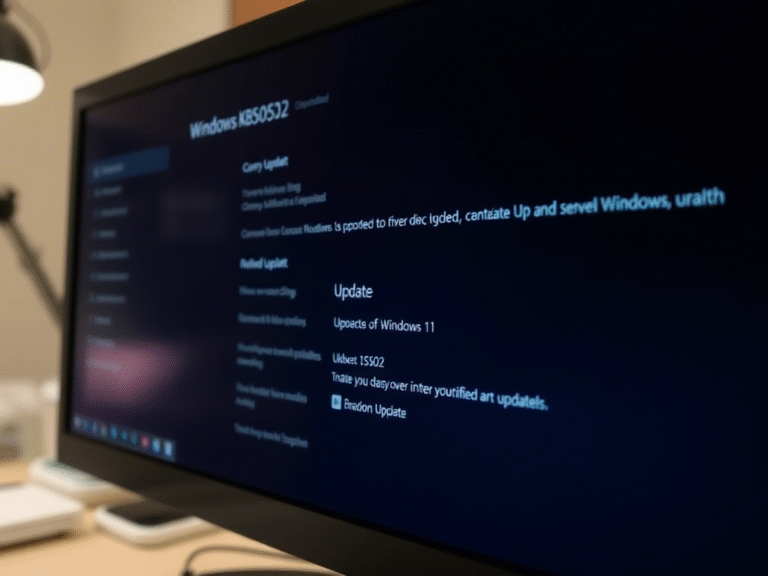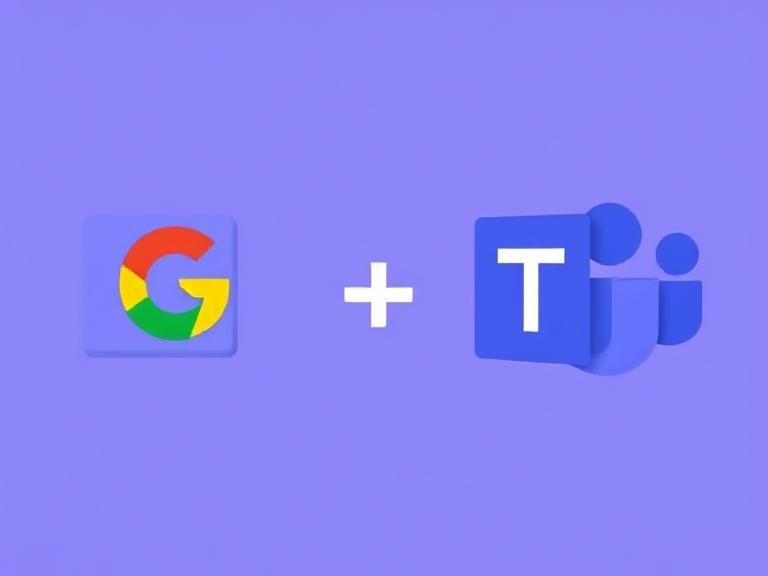A Smarter Way to Learn: Google Brings NotebookLM to Schools Worldwide

A Smarter Way to Learn: Google Brings NotebookLM to Schools Worldwide
Google has officially rolled out NotebookLM to every student and educator using Google Workspace for Education, marking a major step in its mission to bring safe, responsible AI into classrooms across the globe.
As of August 4, 2025, the AI-powered learning tool is now available by default to all institutions using Workspace for Education Fundamentals, Standard, and Plus editions — no waitlists, no special permissions required. The rollout will reach both Rapid Release and Scheduled Release domains within one to four days.
This expansion means millions of students and teachers can now use NotebookLM as a trusted learning companion — whether they’re studying remotely, in hybrid setups, or inside traditional classrooms.
An AI “Thinking Partner” Built for Education
Google describes NotebookLM as an AI-powered thinking partner, designed not to give answers, but to help learners understand, analyze, and engage with their course materials more deeply.
Users can upload documents such as:
- Lecture notes
- Lesson plans
- Textbook excerpts
- Research papers
- Curriculum standards
From there, NotebookLM generates:
- Real-time summaries
- Discussion prompts
- Quiz questions
- Guided study plans
- Audio overviews (ideal for auditory learners)
All responses are grounded in the user’s own materials — meaning the AI doesn’t pull from the open web or make things up. This focus on source-based reasoning helps maintain academic integrity and reduces the risk of misinformation.
Privacy and Compliance at the Core
One of the biggest concerns with AI in education is data privacy — and Google is addressing it head-on.
NotebookLM operates under the Google Workspace for Education Terms of Service, which means:
- ✅ No human review of user content
- ✅ No use of student data to train AI models
- ✅ Full compliance with FERPA, COPPA, and other global privacy regulations
Additionally, all data stays within the school’s domain. Users can only upload content they have access to via their Google Workspace account, and sharing is limited to members within the same organization. Admins can also set granular notebook-level permissions for more control.
Built for Global Classrooms
The tool supports over 35 languages and is available in more than 180 regions where the Gemini API is enabled — making it accessible to diverse learning environments worldwide.
It’s also designed to be inclusive, with features like audio summaries helping students with different learning styles or reading challenges stay engaged.
Admin Control and Deployment Flexibility
While NotebookLM is enabled by default, school IT administrators retain full control. Through the Admin Console, they can:
- Enable or disable access school-wide or for specific users
- Monitor usage
- Adjust settings based on curriculum needs or policy requirements
This flexibility ensures schools can adopt the tool at their own pace — whether they’re ready to integrate it fully or want to start with a pilot group.
A Core Service in the Education Ecosystem
Google has designated NotebookLM as a Core Service within Workspace for Education — a clear signal that it sees AI not as an add-on, but as a fundamental part of the modern learning experience.
For educators, this means less time creating materials from scratch and more time guiding students. For learners, it means having a personalized study assistant that adapts to their coursework — without compromising privacy or accuracy.
How to Get Started
Schools don’t need to do anything to receive access — the update will appear automatically. For more details on setup, management, and best practices, Google has published a dedicated resource page for educators and admins.
✅ Final Thoughts
This isn’t just another AI tool dropped into classrooms with little thought.
NotebookLM is different — built with educators in mind, grounded in real materials, and protected by strong privacy standards.
By making it available to all, Google isn’t just betting on AI in education.
It’s betting on smarter, fairer, and more accessible learning for everyone.





